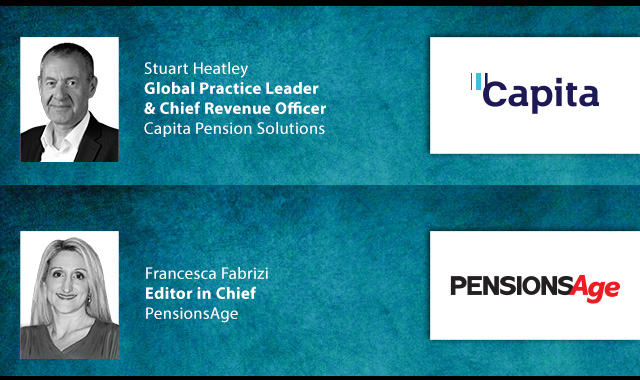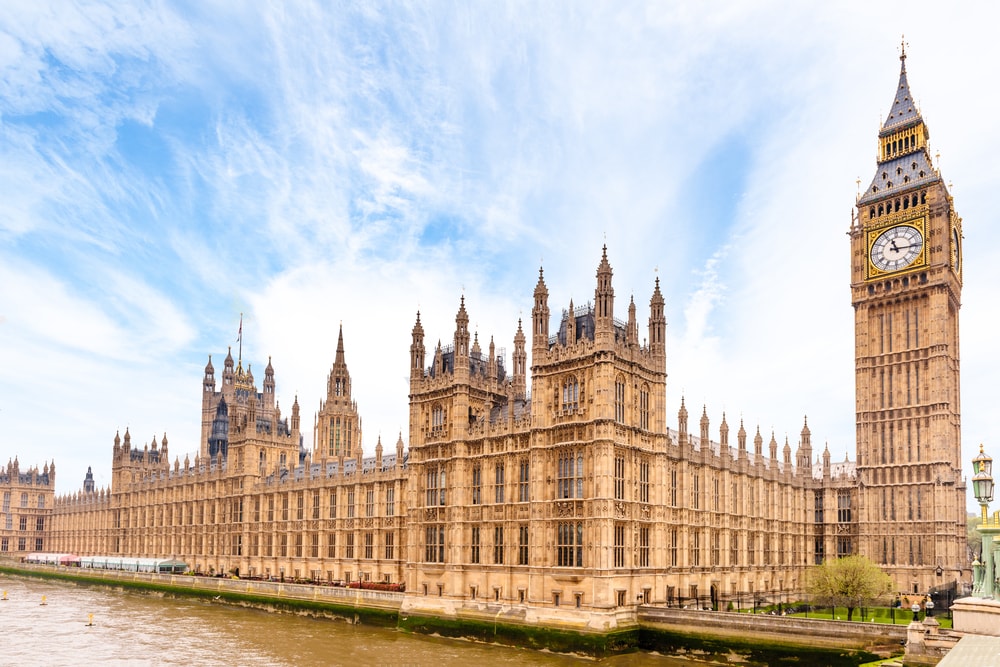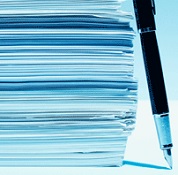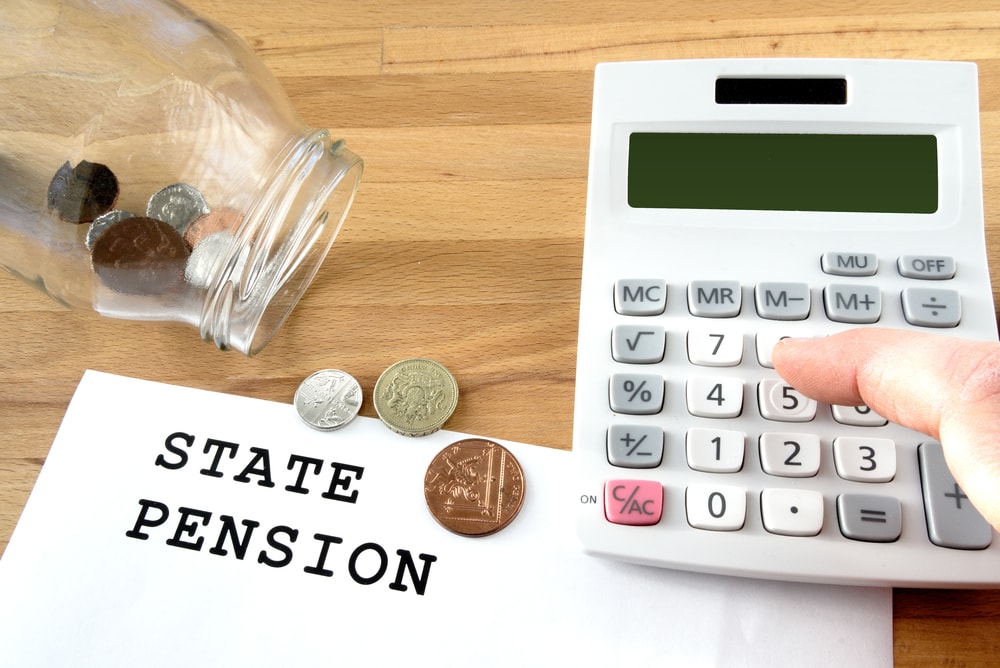The young, low earners and women are behind a “pensions revolution”, according to Work and Pensions Secretary Esther McVey.
In a statement published today, 12 September, McVey attributed the “transformation” to record youth unemployment and growing private sector pension participation among women.
Despite this, criticism from within the pensions industry has been growing over the adequacy of contributions and the fairness of the current system.
McVey said: “There is most definitely a pensions revolution taking hold. And this can only come about as record numbers of people feel empowered to save, businesses feel confident to support their employees to save, and government assists this to happen through the automatic enrolment scheme.
“Statistics published this week revealed more people than ever before are saving into a workplace pension. Membership of occupational schemes reached a record high of 41.1 million in 2017 – up a staggering 49 per cent in just five years.”
Despite the growing coverage of savers on the back of auto-enrolment, average contributions have decreased.
Last week, the Office of National Statistics said that average contributions into private sector DC pension schemes during 2017 fell to 3.4 per cent from 4.2 per cent in 2016, and have decreased significantly from 2012’s level of 9.7 per cent.
Responding to McVey, Salvus Mastertrust managing director, Graham Peacock, said: “If this is the case then we need to recognise this and respond with appropriate changes to the tax incentive function, as the current system is set up to reward the middle-aged high earning male population disproportionately.”
Peacock recommends the abolition of qualified earnings, the £10,000 earnings trigger and the implementation of a dashboard that is fit for purpose.
“To hear more people, and a wider demographic, are participating in pensions schemes is hugely positive. What we need to do now is be bold, not be afraid to start again and to design a retirement solution for the very groups that are driving success so far,” he added.
Contributions are set to rise from 5 per cent to 8 per cent next year in what will be the toughest test for auto-enrolment yet.
Latest News
-
TPR launches consultation on new-look CDC code of practice
-
Govt urged to undertake AE review as thresholds remain at 2025/26 levels
-
Dashboards rollout set to expose pensions admin weak spots
-
'Bright future' ahead for DB superfunds amid growing interest
-
SPA increases branded a 'red herring' by HoL Economic Affairs Committee
-
Pensions must be ‘fully integrated’ into corporate strategy in 2026
Private markets – a growing presence within UK DC
Laura Blows discusses the role of private market investment within DC schemes with Aviva Director of Investments, Maiyuresh Rajah
The DB pension landscape
Pensions Age speaks to BlackRock managing director and head of its DB relationship management team, Andrew Reid, about the DB pensions landscape
Podcast: From pension pot to flexible income for life

Podcast: Who matters most in pensions?

In the latest Pensions Age podcast, Francesca Fabrizi speaks to Capita Pension Solutions global practice leader & chief revenue officer, Stuart Heatley, about who matters most in pensions and how to best meet their needs
© 2019 Perspective Publishing Privacy & Cookies










Recent Stories